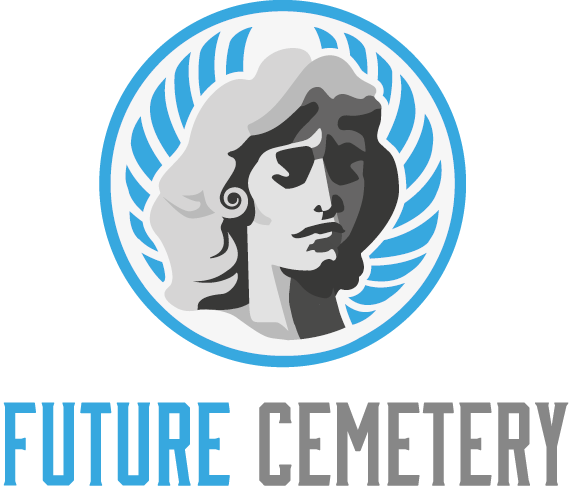A cemetery’s master plan is a critical aspect of its development. It provides a roadmap for the property’s growth and shows that the cemetery is a permanent fixture in the community.
Accessibility is another important element of cemetery design. Providing sidewalks and wheelchair-accessible paths is key. It also means having clear signage.
Incorporating Historical and Cultural Elements
Whether it’s an angel blowing a trumpet for Christ or the Dharma wheel and lotus flower for Buddhism, cemetery symbolism has many interpretations around the world. Incorporating these cultural and historical elements into cemetery design is a way to honor the life of those who have passed away.
Cemetery landscapes can also serve as a living record of a time in history and reflect changing values and attitudes toward death and legacy. For example, natural burial practices that forgo embalming chemicals and metal caskets in favor of biodegradable materials reflect a growing emphasis on sustainability and environmental consciousness.
Incorporating historical and cultural elements into cemetery design is a way to enhance the visitor experience and create a sense of community. In addition, designing the cemetery to be environmentally sustainable helps reduce maintenance costs. Using water-retaining plantings and drainage designs, such as reed beds and surface water catch systems help protect the environment, including groundwater supply.
Embracing Abstract Ideas
In recent times, cemetery sculptures have become more personalized. This shift reflects a desire to celebrate the uniqueness of the deceased and the individuality of their personality. Sculptures can incorporate a person’s hobbies, interests, or personal symbols to create a more meaningful memorial.
This can also be accomplished through epitaphs, which may offer insight into the deceased’s beliefs or values. A well-written epitaph can highlight a deceased’s life and the impact they had on their loved ones.
Due to the scarcity of land, new cemetery designs have incorporated innovative ways of managing burial space. Vertical burial, stacking coffins, and utilizing old graveyards for housing urns are some of these solutions. These alternatives not only reduce costs but also allow a greater utilization of land for other purposes like parks, green space, and forestry. Moreover, water management is another key aspect that needs to be carefully considered in the design process. This includes incorporating water retaining structures, designing waterways, and using green infrastructures.
Incorporating Natural Elements
While the primary function of cemetery spaces is mourning and remembrance, they can also be places for art, beauty and tranquility. Design features that blend natural elements with historical or cultural elements add a meaningful dimension to the spaces and help people connect with the departed.
For example, incorporating water features like ponds and cascading brooks provides soothing audio that accentuates the tranquility of the space. Similarly, adding flowers and trees such as willows or maples provide gentle shade and movement in the wind, while rhododendrons and other ground cover plants keep the area lush and prevent erosion.
Good cemetery design increases the value of burial plots. In addition to the physical benefits of well-planned landscaping, which provides for cleaner mowing lines and reduced maintenance, attractive landscapes can draw people in and boost revenues. Incorporate a variety of seating areas where visitors can sit and reflect, such as benches or stone seats. The play of light and shadow throughout the day should be a consideration as well.
Adapting to Changing Values
Regardless of cultural or religious traditions, changing preferences can impact cemetery design. The rise of natural burial spaces that focus on eco-consciousness and sustainability is a clear example.
A well-designed cemetery should be able to accommodate these changes by offering alternatives like scattering gardens that allow for the purchase of a gravestone without requiring a full casket, or creating sections in the cemetery that do not require a full monument for those who wish to honor their loved ones with a larger memorial but do not have the space for a full monument.
The key to this is performing analysis and programming prior to beginning the design process. Then, the resulting master plan can be adapted to reflect these changes and make sure the cemetery is providing the best possible service for its clients. This includes maximizing land utilization and planning for long term sustainability. This can be done by analyzing the entire site including zoning, utilities, drainage, soil conditions and climate as well as assessing hardscape and softscape areas.
